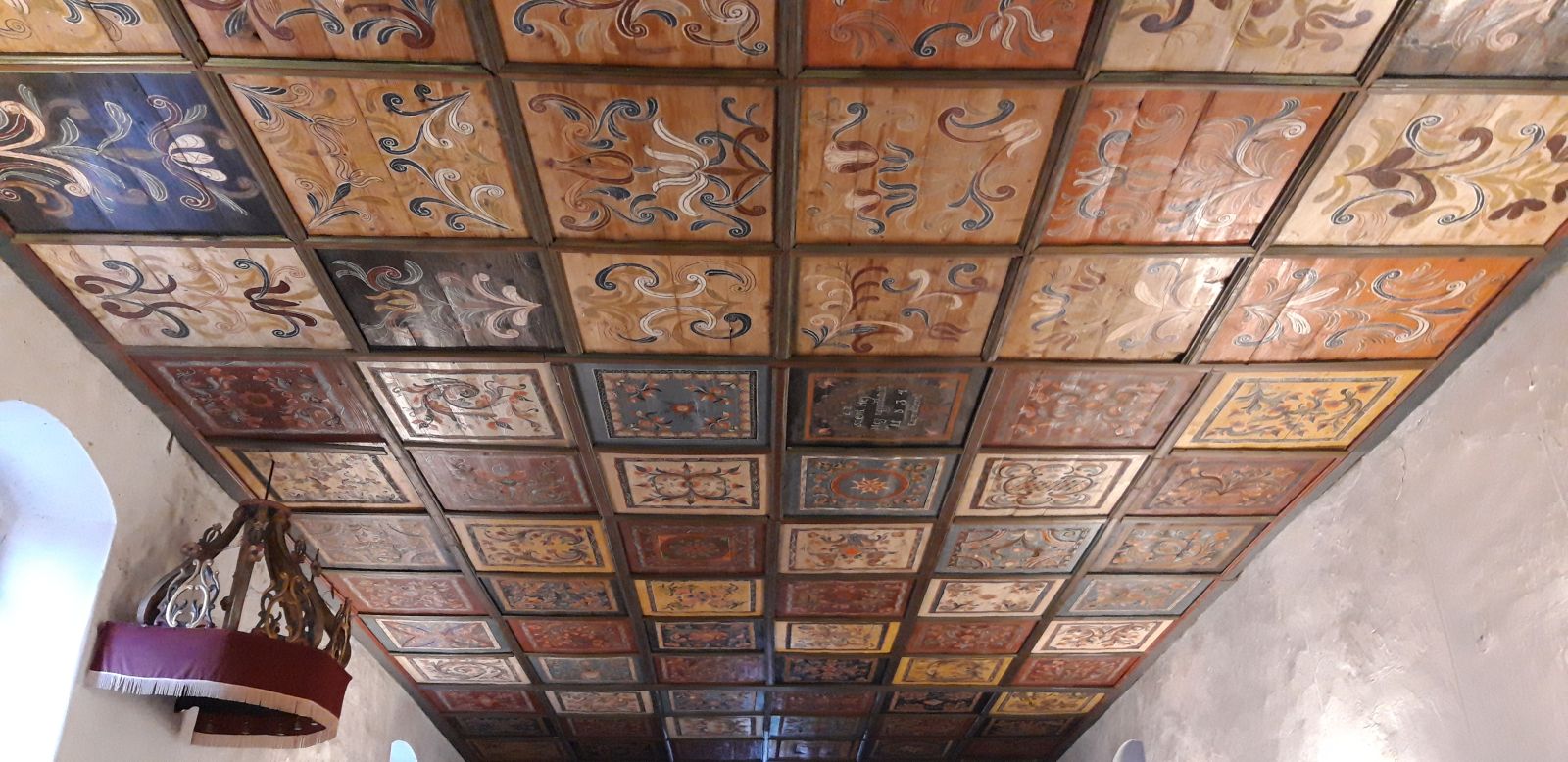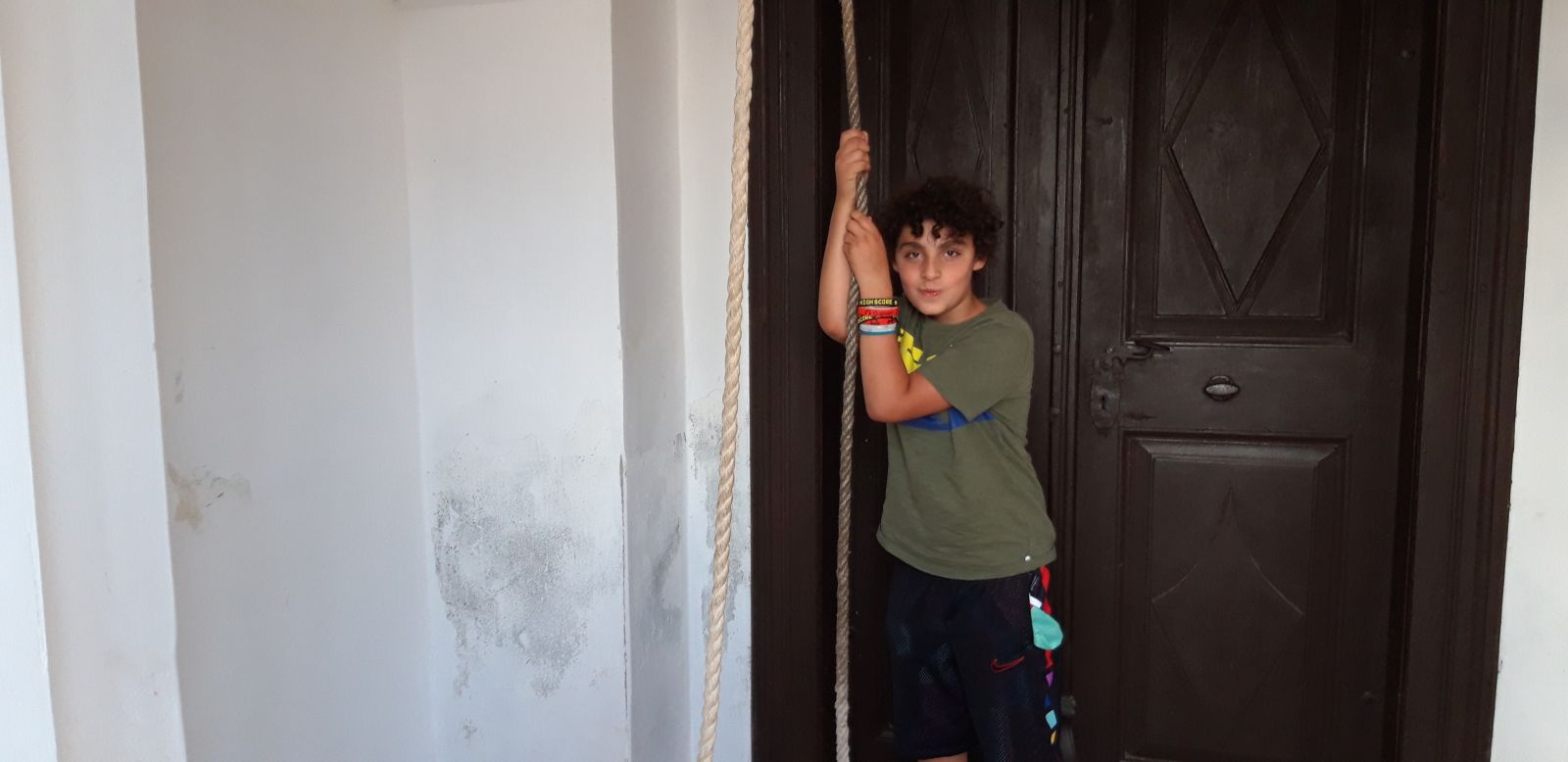On our second day we headed towards the southernmost part of Hungary. This area is full of real treasures, important historical buildings, villages you've probably never heard of and top quality wines. On our way to the wine region we drove through some quiet villages where nicely renovated old Swabian houses are hiding among the modern buildings.
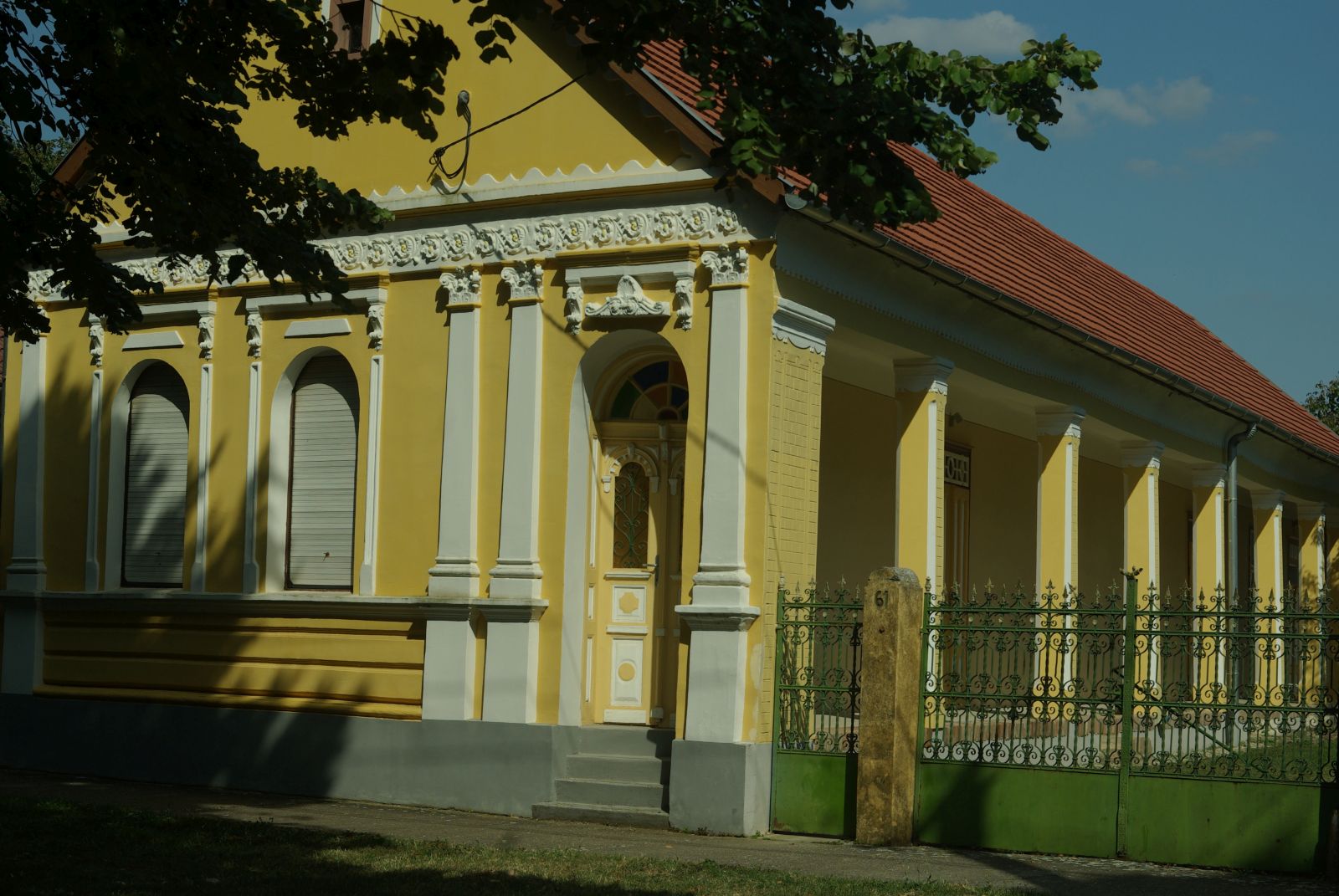
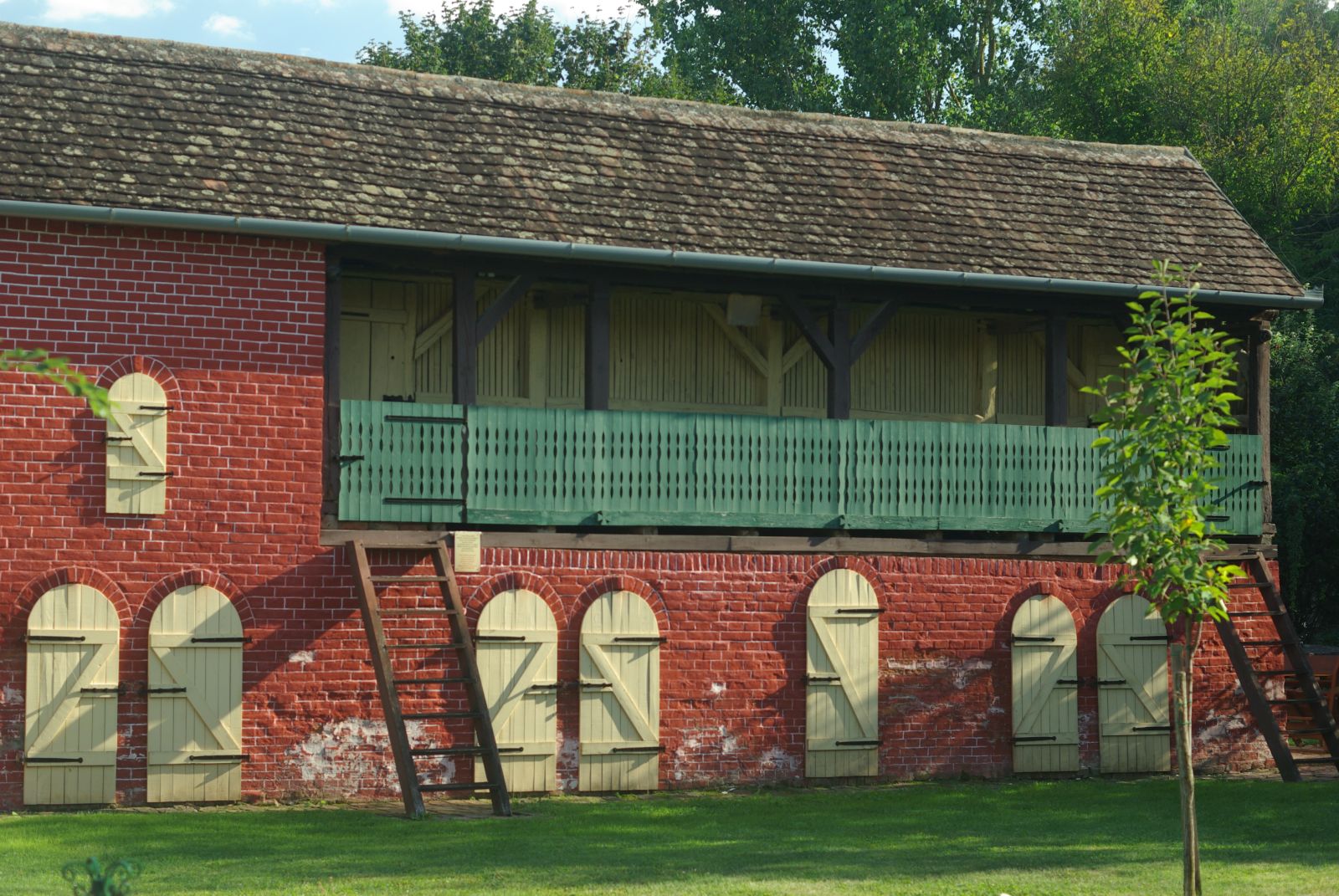
We made a quick stop at the church of Mánfa, which is one of the most beautiful medieval churches of Hungary, still relatively unknown. According to the legend, the medieval village perished and the new village was rebuilt further down the road. The area was conquered by nature, and the small building was hiding in the forest. One day a bull got lost in the woods and its horn got stuck in the rope of the church bell. The people of the village heard the chiming, went looking for the strange noise and found the ruins. We don't know if the story is true or not, but the building was surely renovated in 1742.
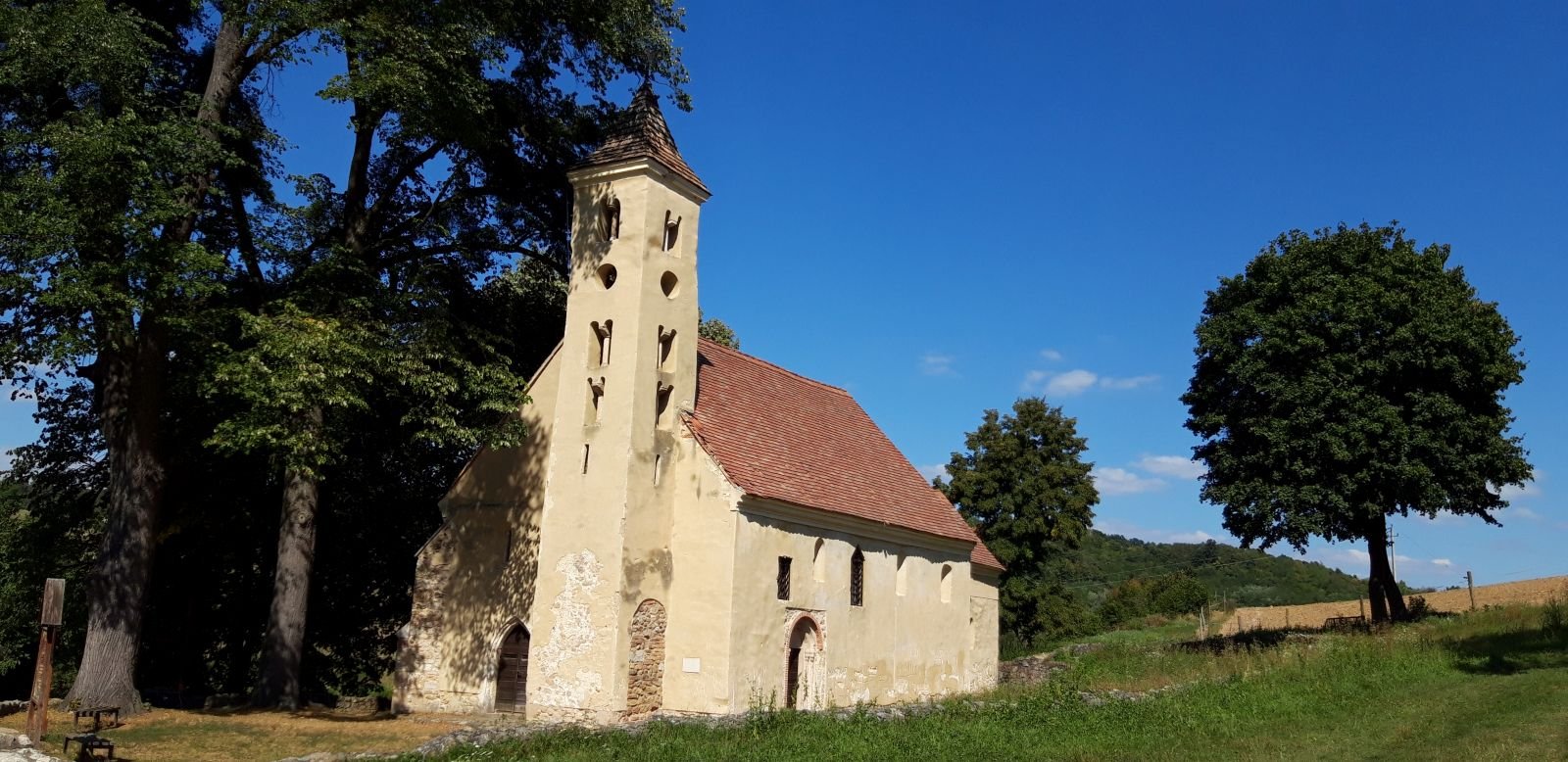
Our next stop was in the Villányi wine region, which is the southernmost and most "mediterranean" wine region of Hungary. Wine has been produced here since Roman times. After the Ottoman occupation Serbian people moved to this area and brought the "kadarka" and "kékoportó" grapes with them, along with new technologies to make red wine. Today, in the area of Villány the focus is on red wines, while Siklós is famous for its white wines. Its main, protected wine is the Villány Franc, which is my personal favourite as well. The Villány-Siklós wine road - the first wine road of Hungary - was founded in 1994.
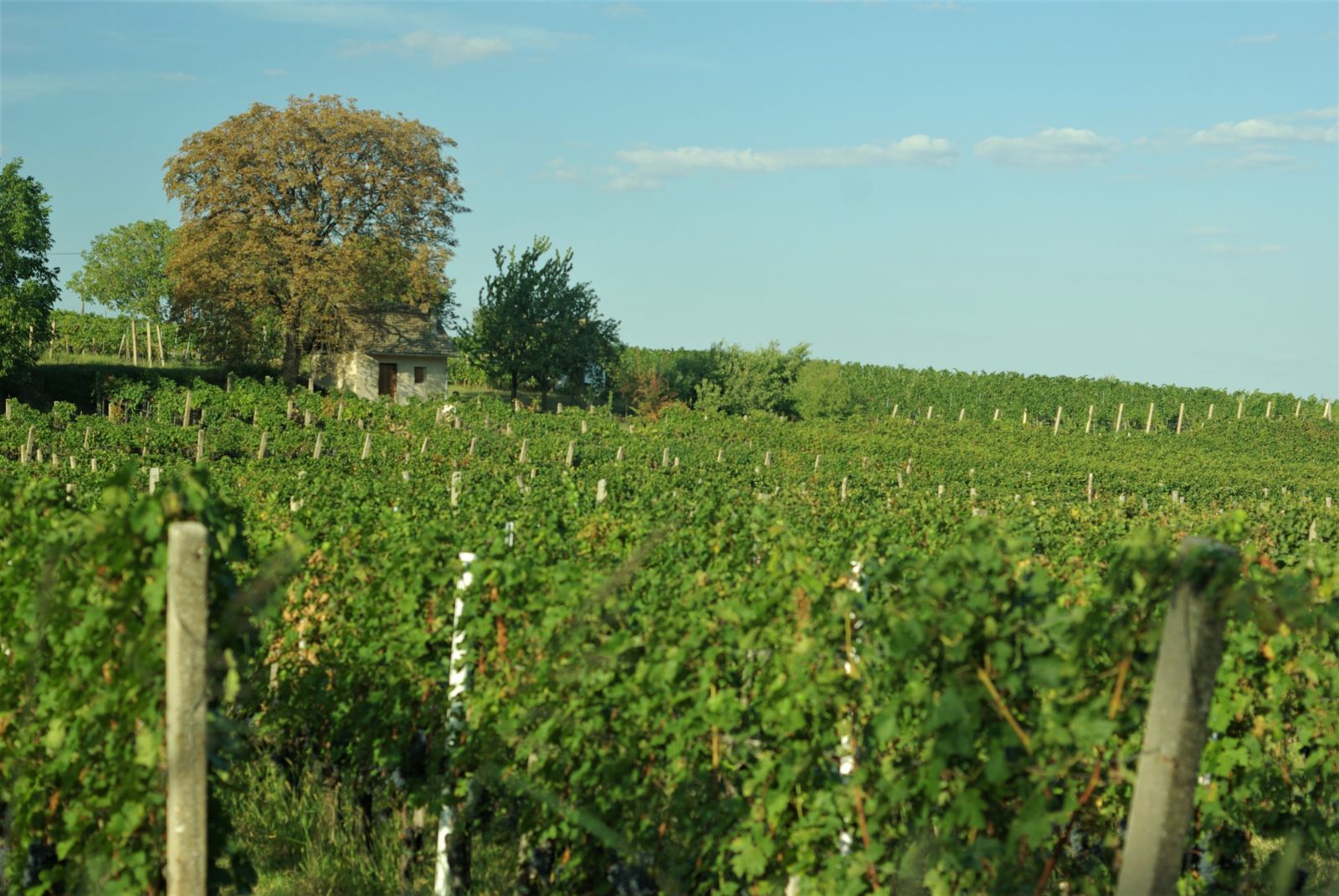
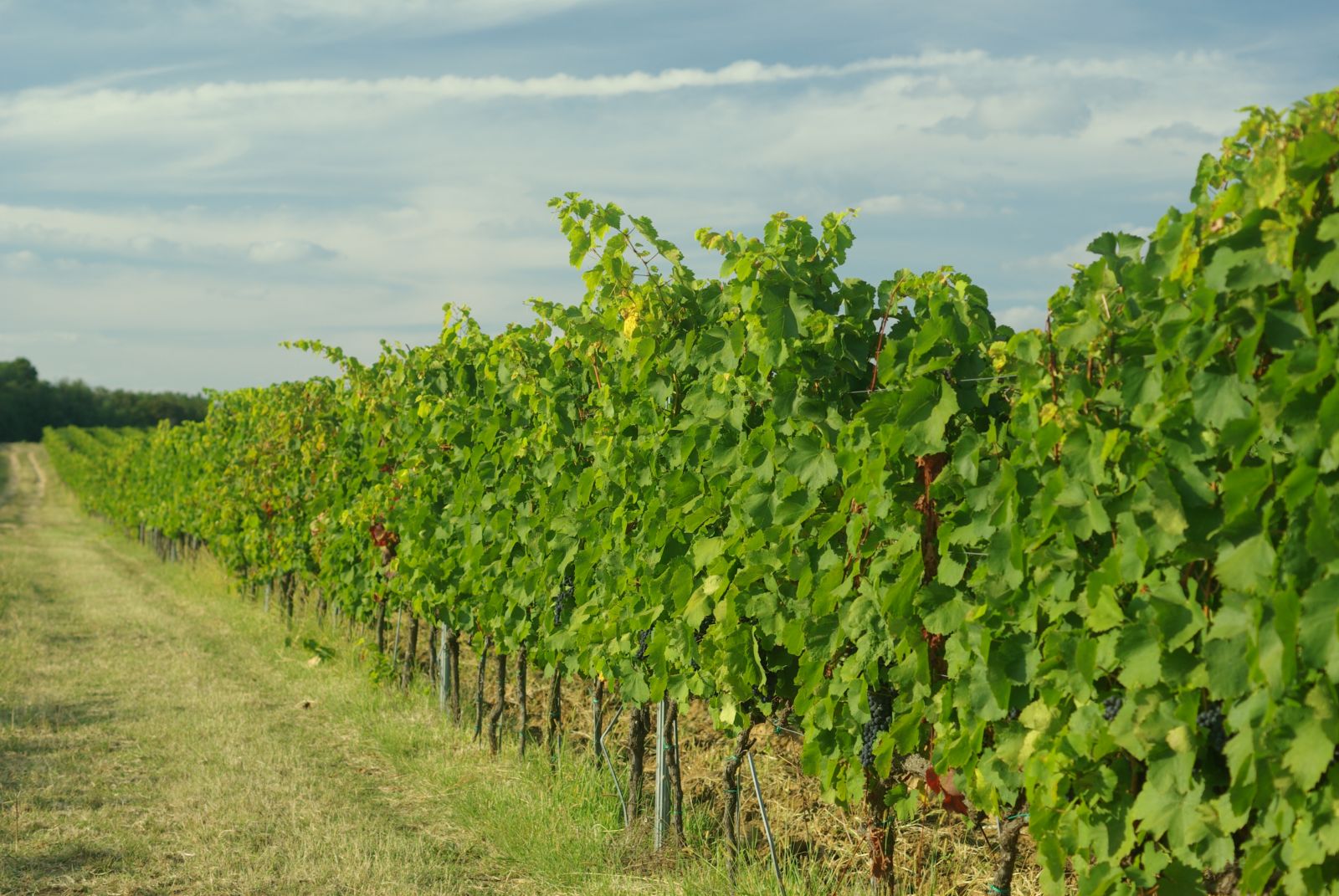
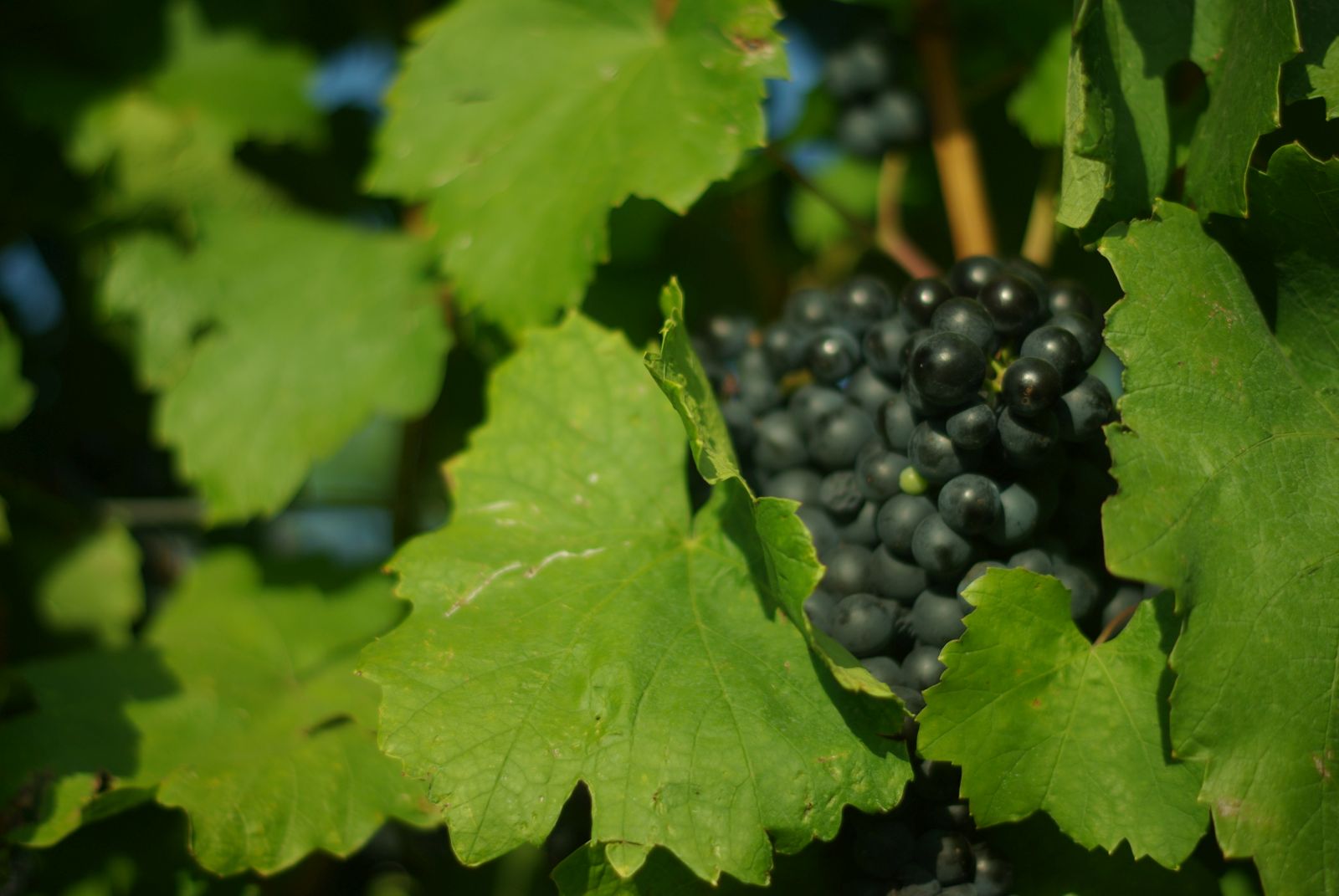
The region is famous for its long rows of cellars. First we stopped in the village of Palkonya and walked around its whitewashed cellars. We had fun with Jude taking photos of the old wooden doors, as they come in many different colours.
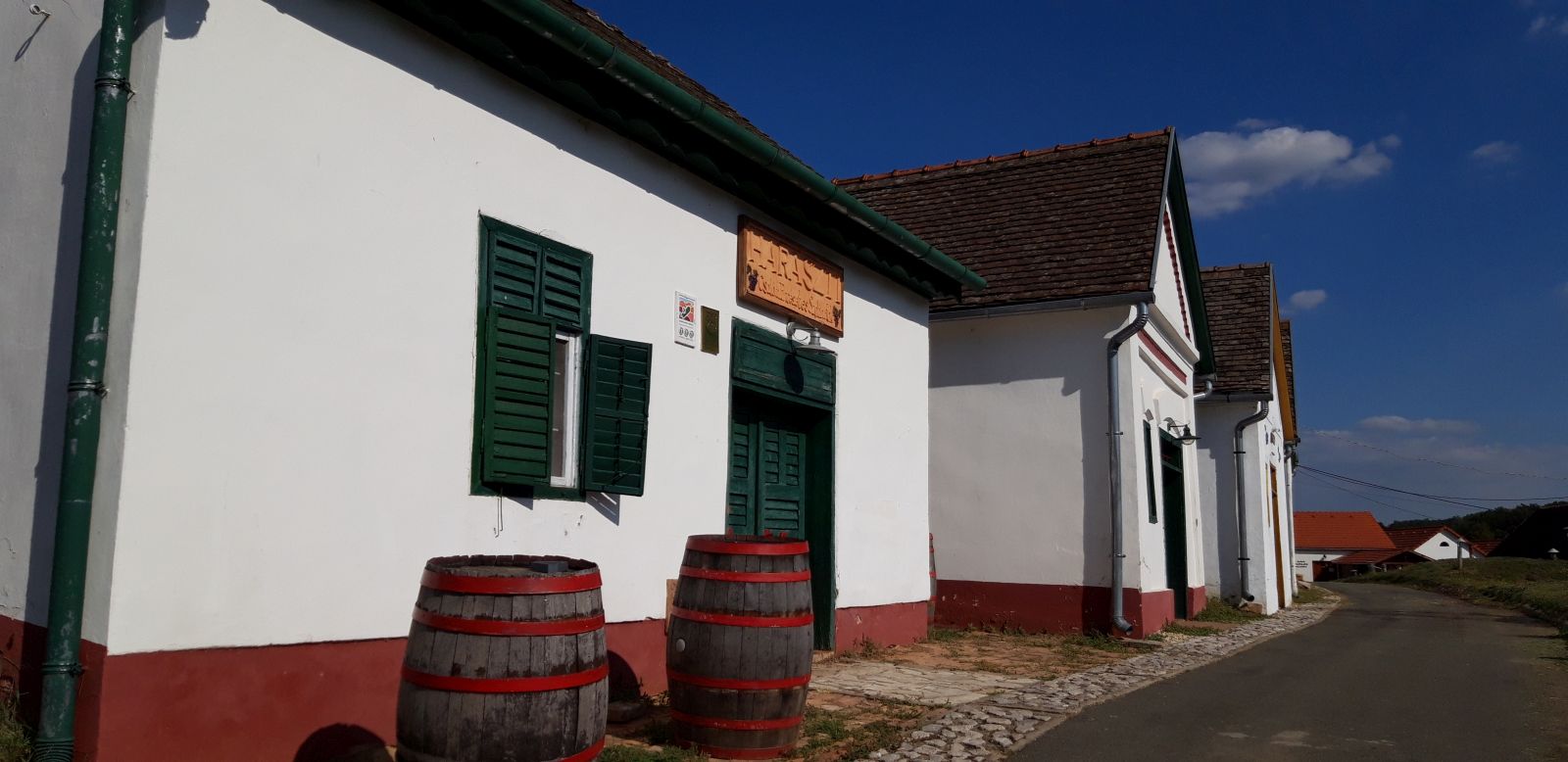
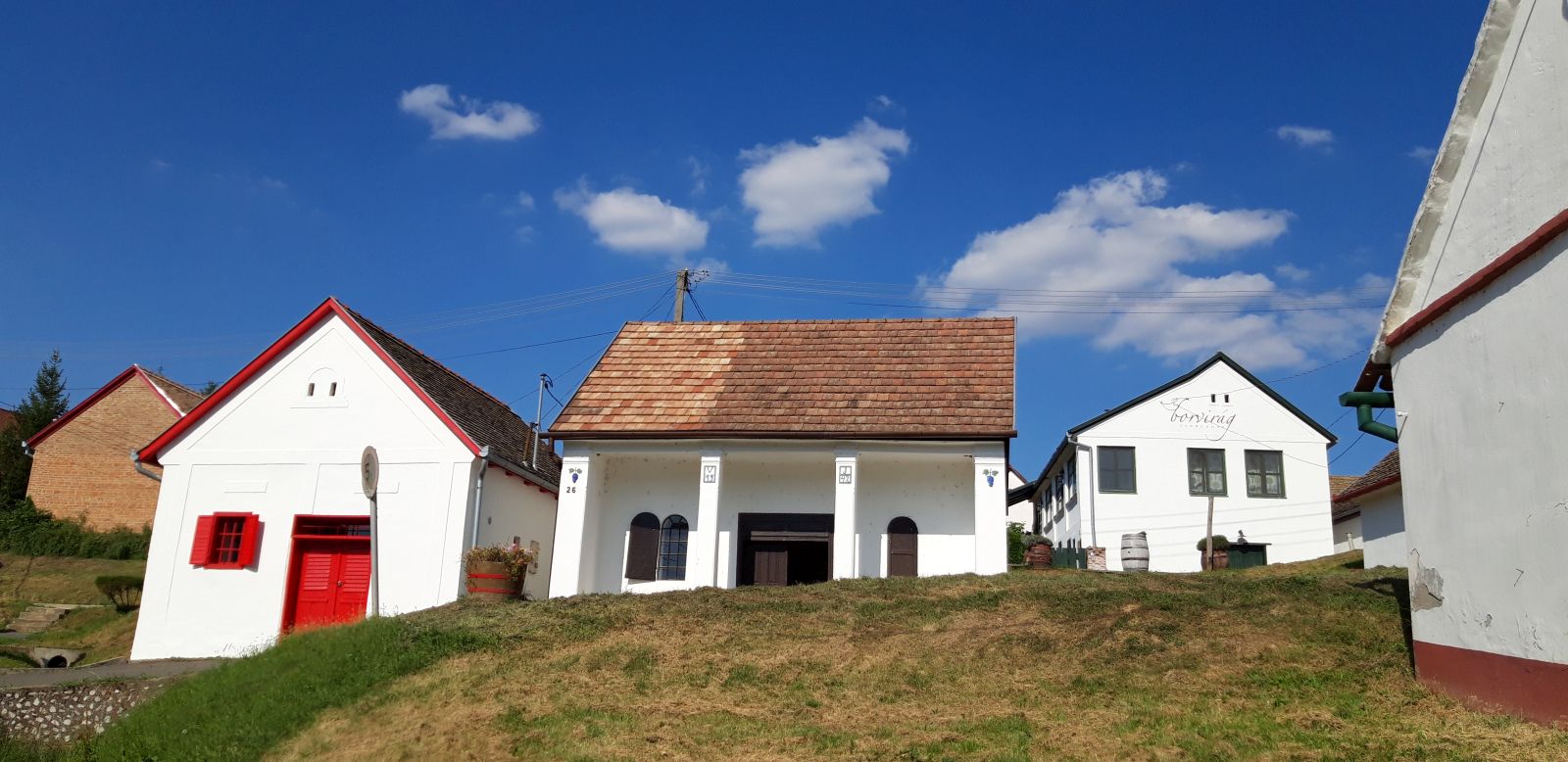
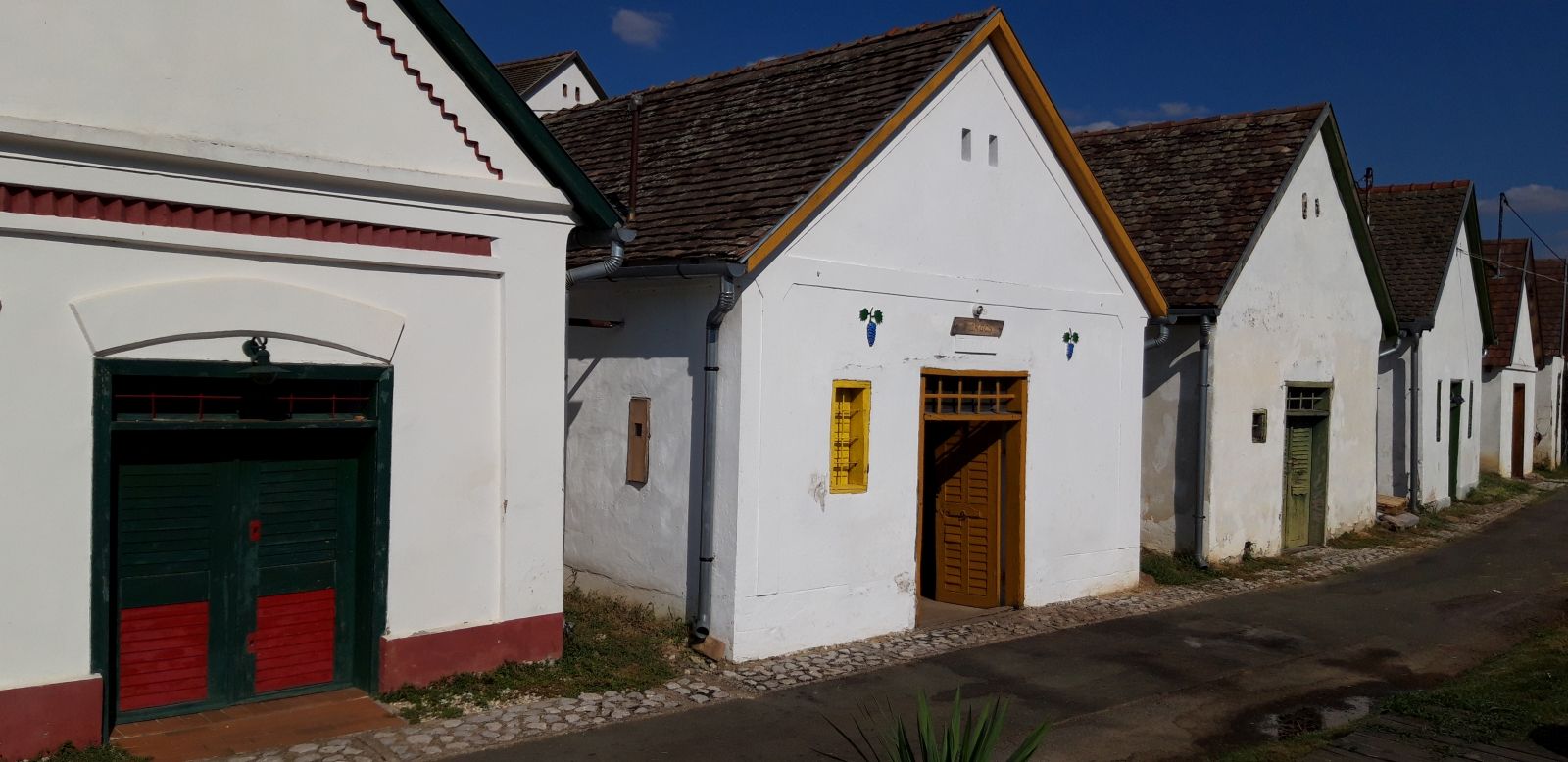
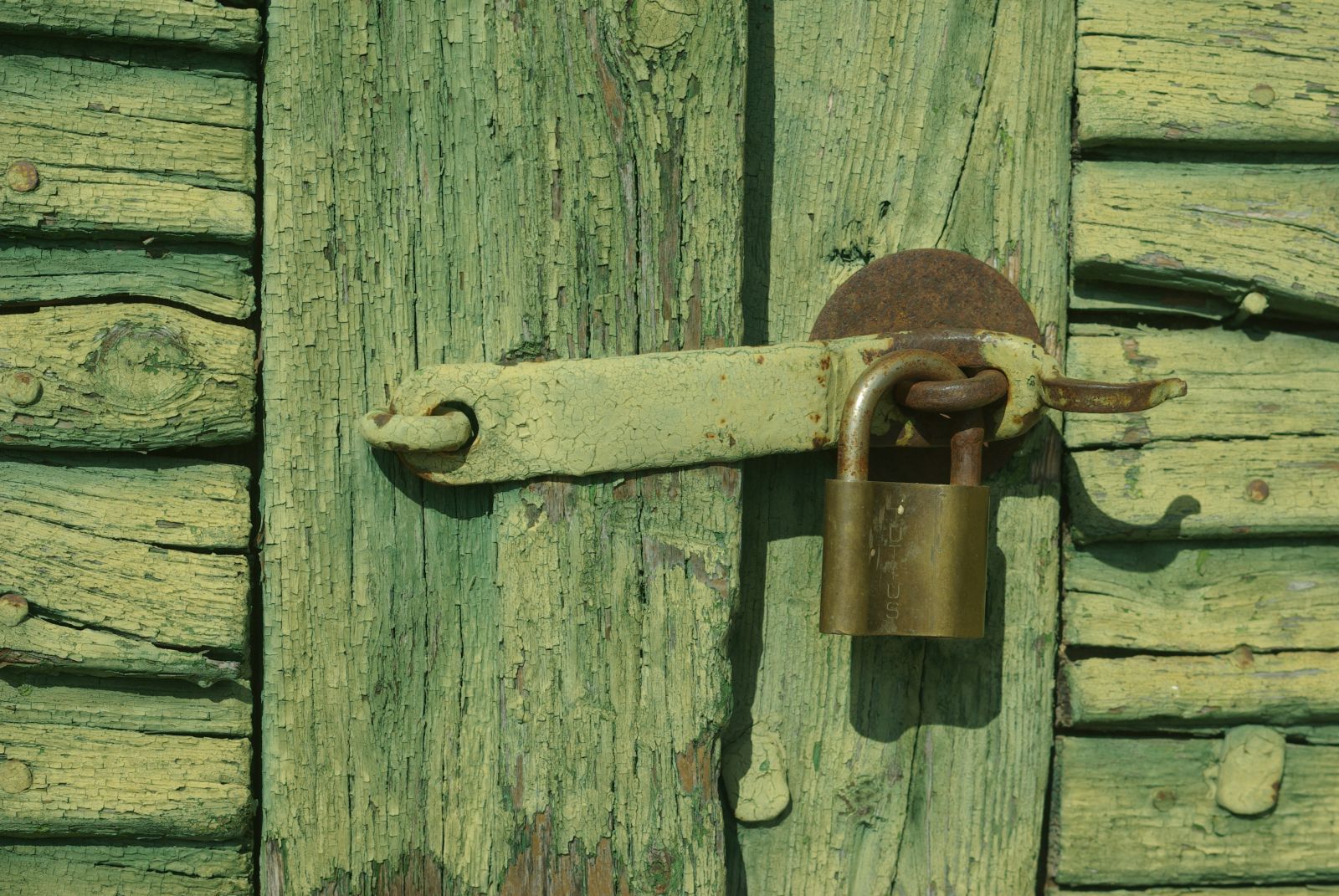
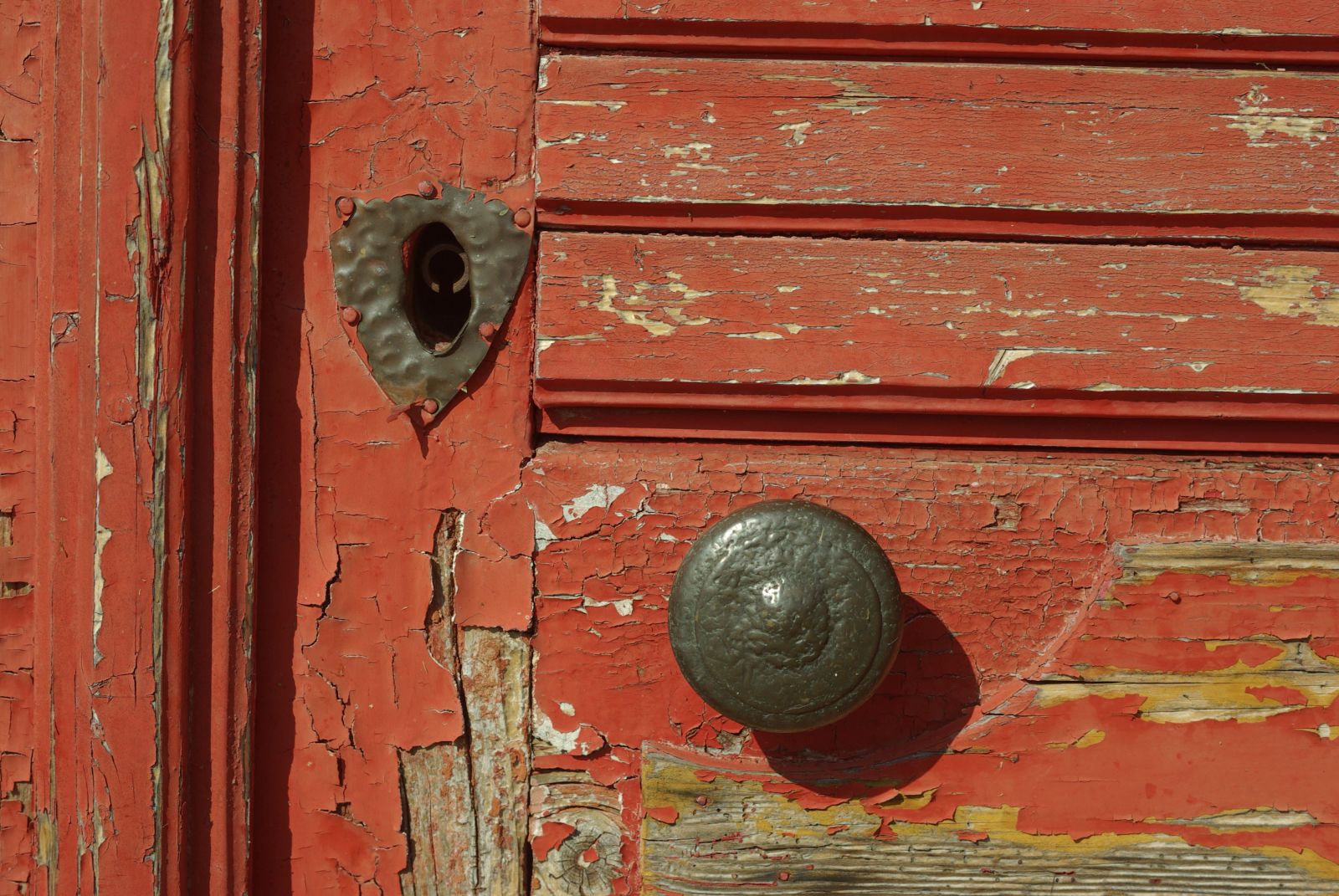
Before heading to the next village, we stopped at the house of Eleonóra, who rents one room and serves home-made cakes and syrups in her own house. Her life was very adventurous, her family emigrated to Venezuela, so she grew up there. After the political changes of 1989 they have decided to move back to Hungary. Speaking several languages and having worked in tourism for years, they didn't find it difficult to start their new life in Budapest. However, one day Eleonóra travelled to Palkonya to listen to a concert, and she fell in love with the village. She started to look for a home and very soon moved to this Swabian house, which has a lush garden and amazing views from the backyard. We relaxed on the porch for a while, tasted Eleonóra's lavender syrup, had a cake and played a card game.
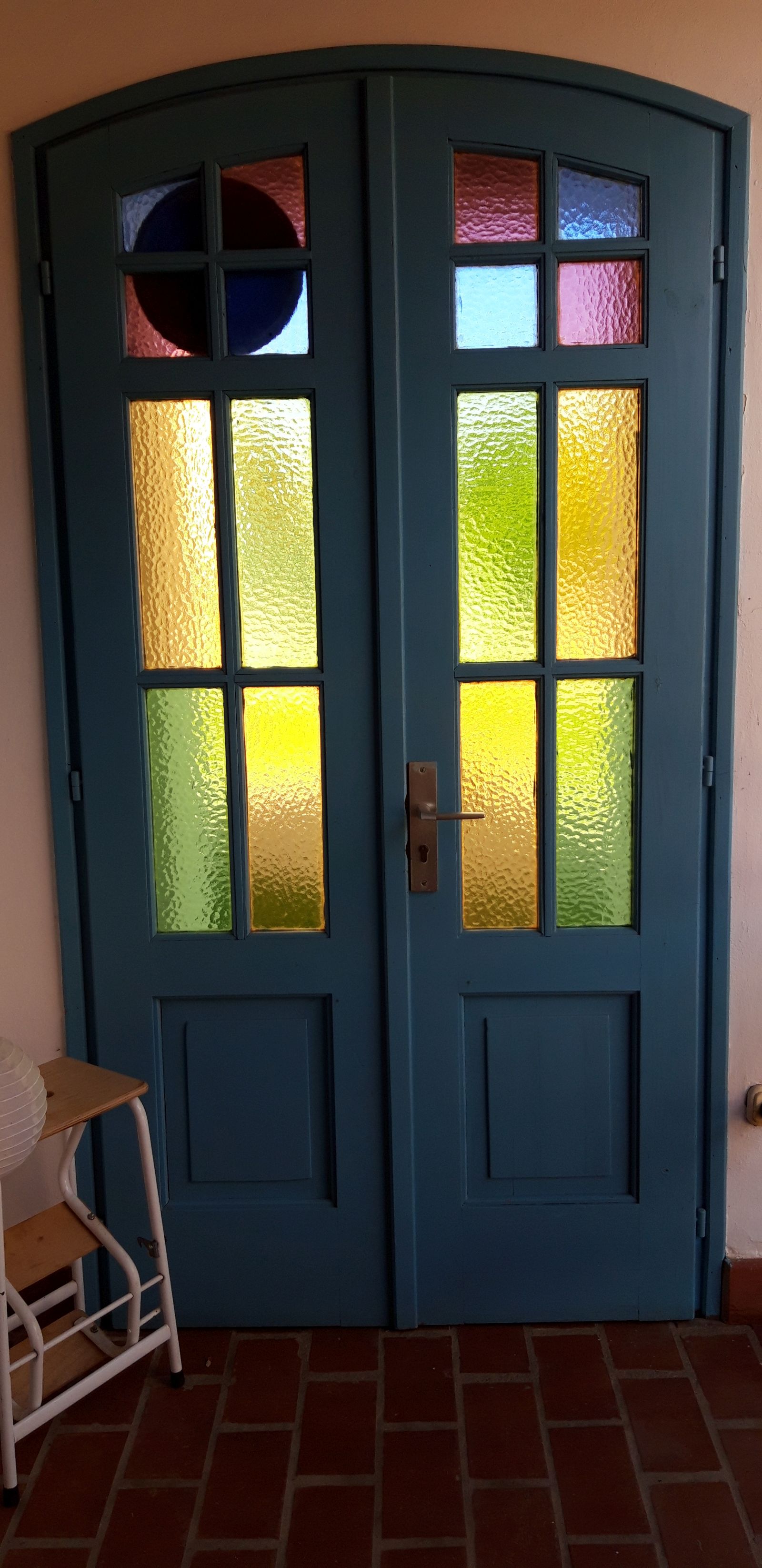

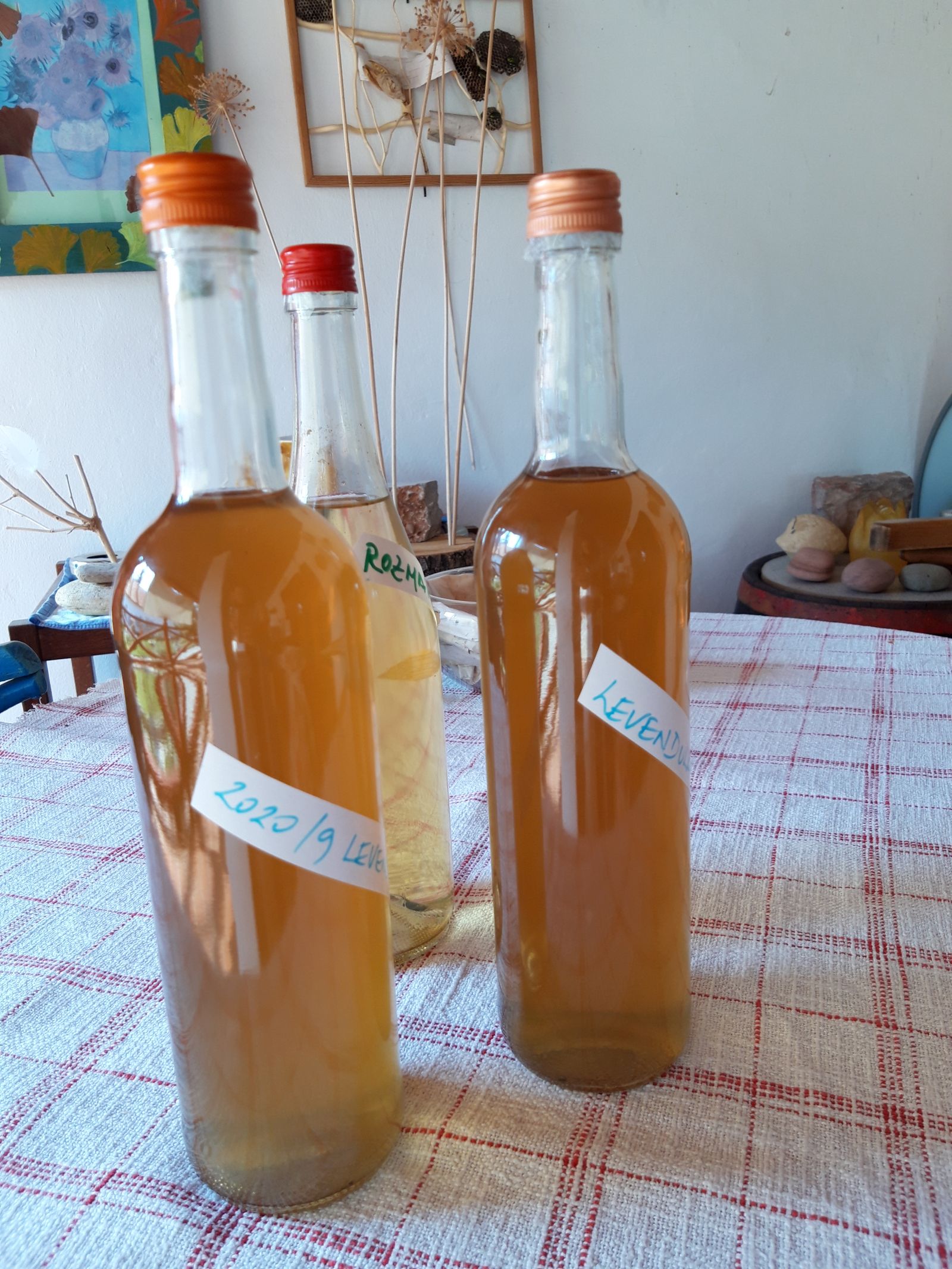
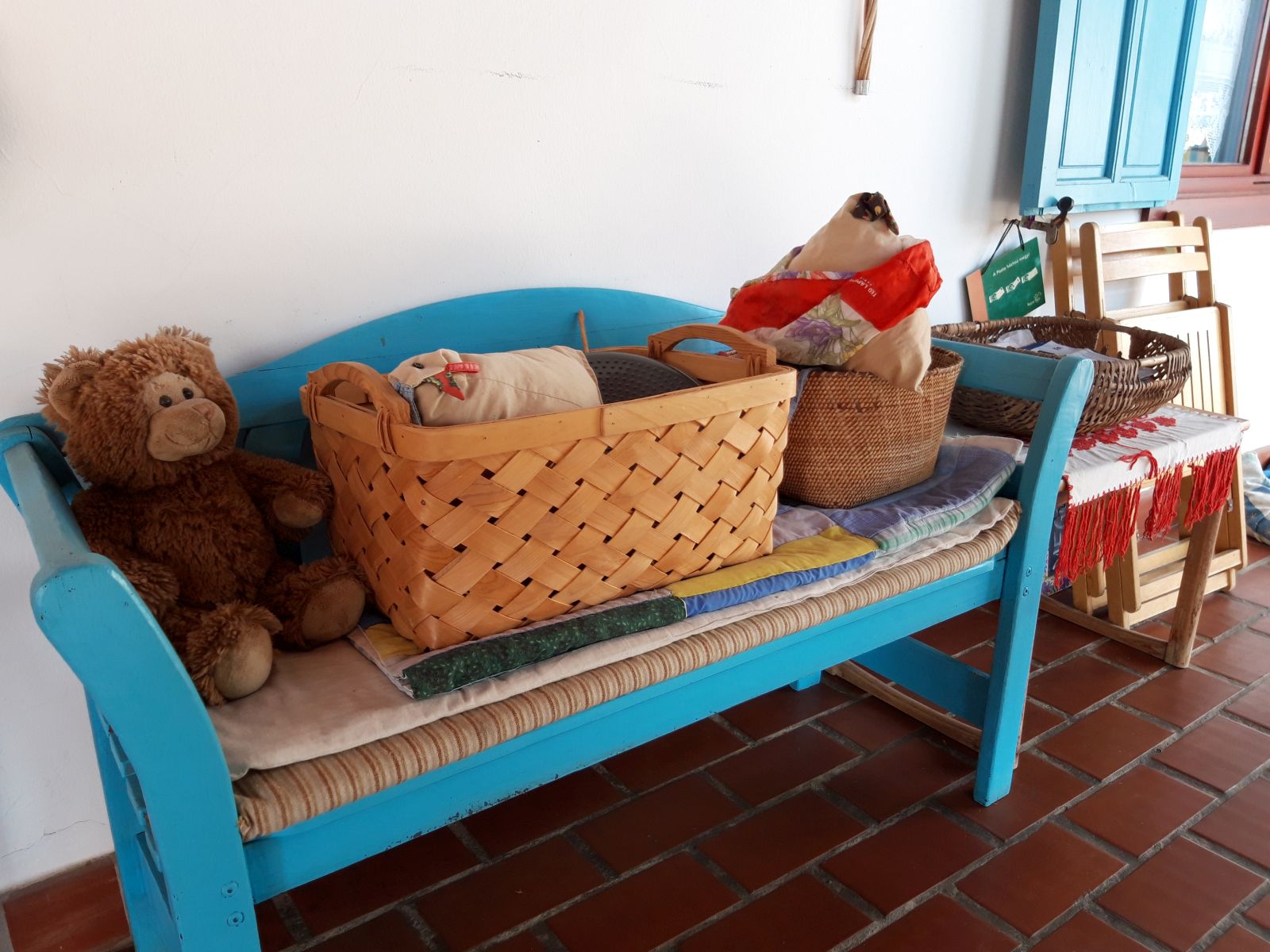

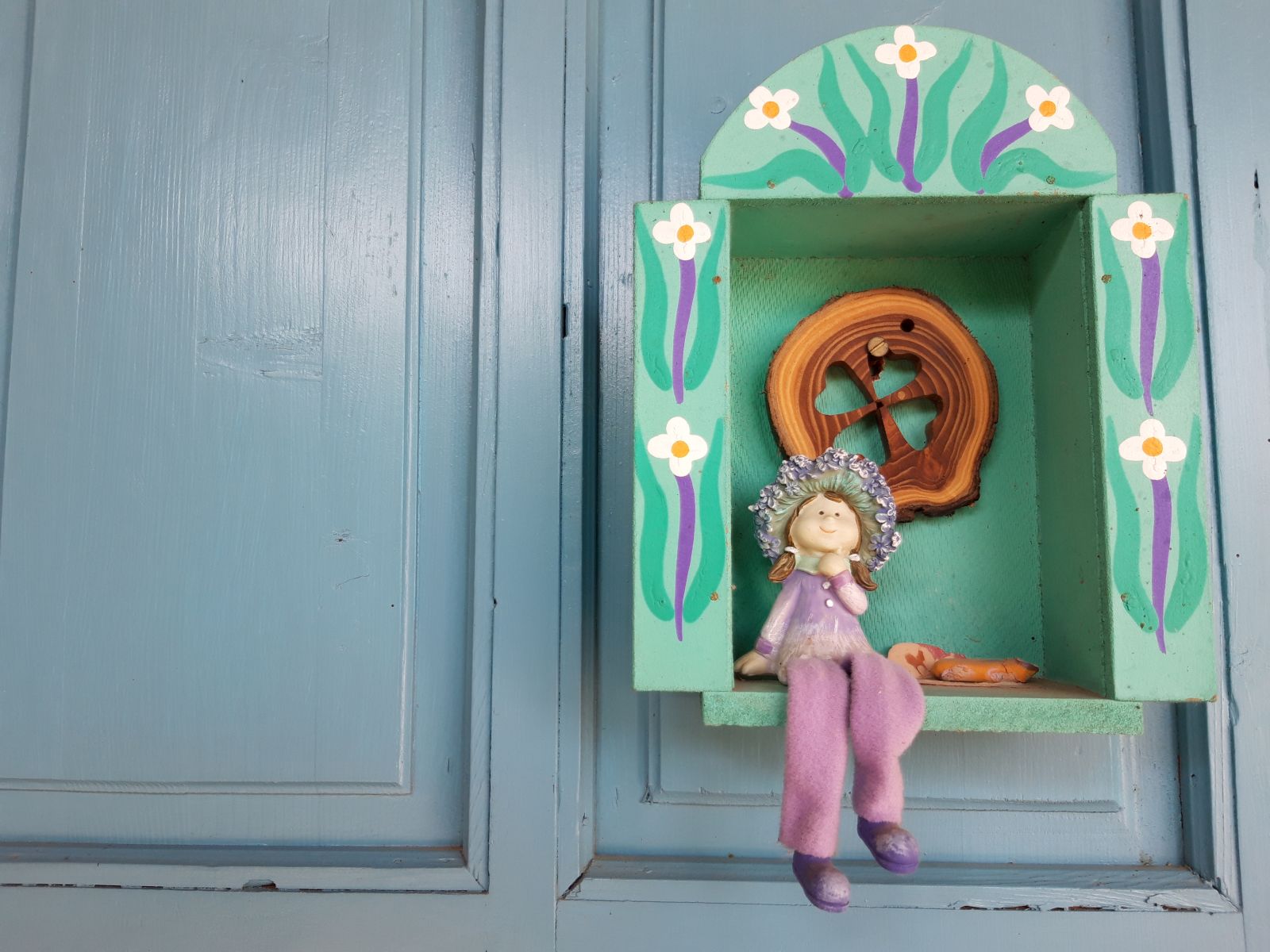

Our next stop was in Villánykövesd to see more cellars, probably the most famous row of cellars in Hungary.
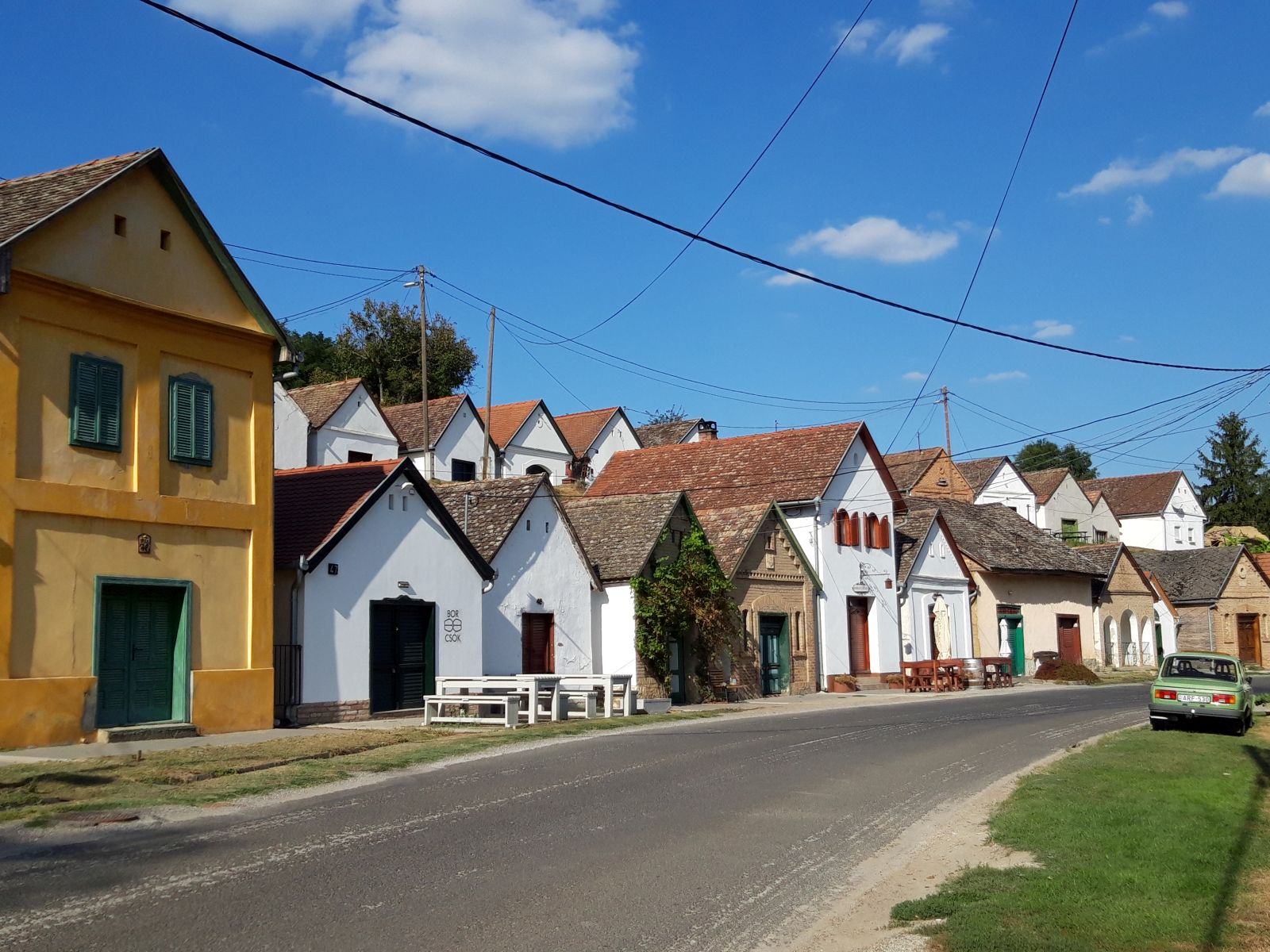
We had lunch at Vylyan, one of the best wineries of the region. The terrace is located in the middle of the vineyards, surrounded by a huge green area. There are sunbeds where you can relax with a glass of wine and enjoy the view, and there is also a playground for the little ones. It's a very cosy and family friendly place, offering great food and excellent wines. There are different options for wine tasting, and needless to say, we ended up with a box of wine to take home, perfect for long autumn evenings.
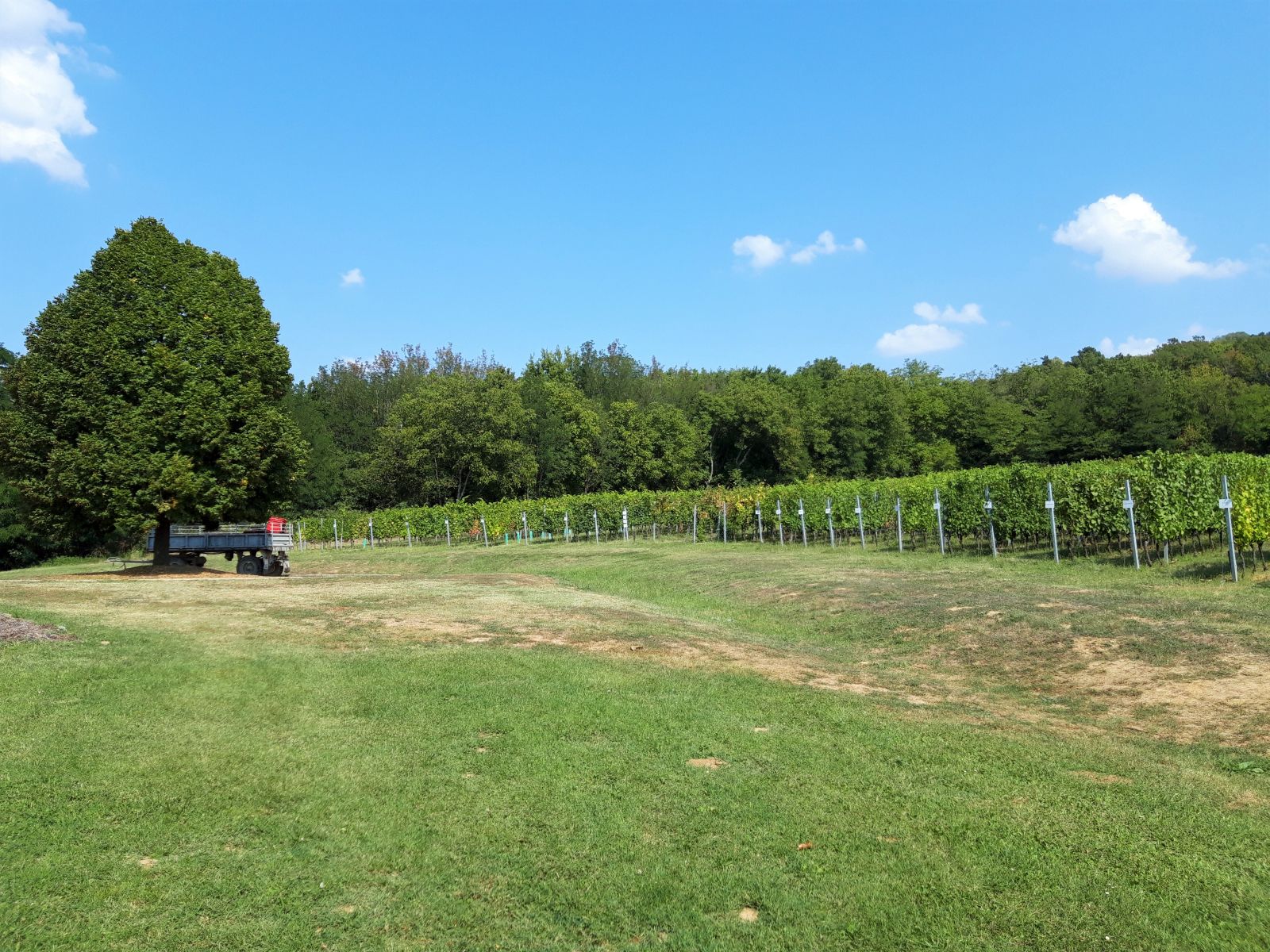
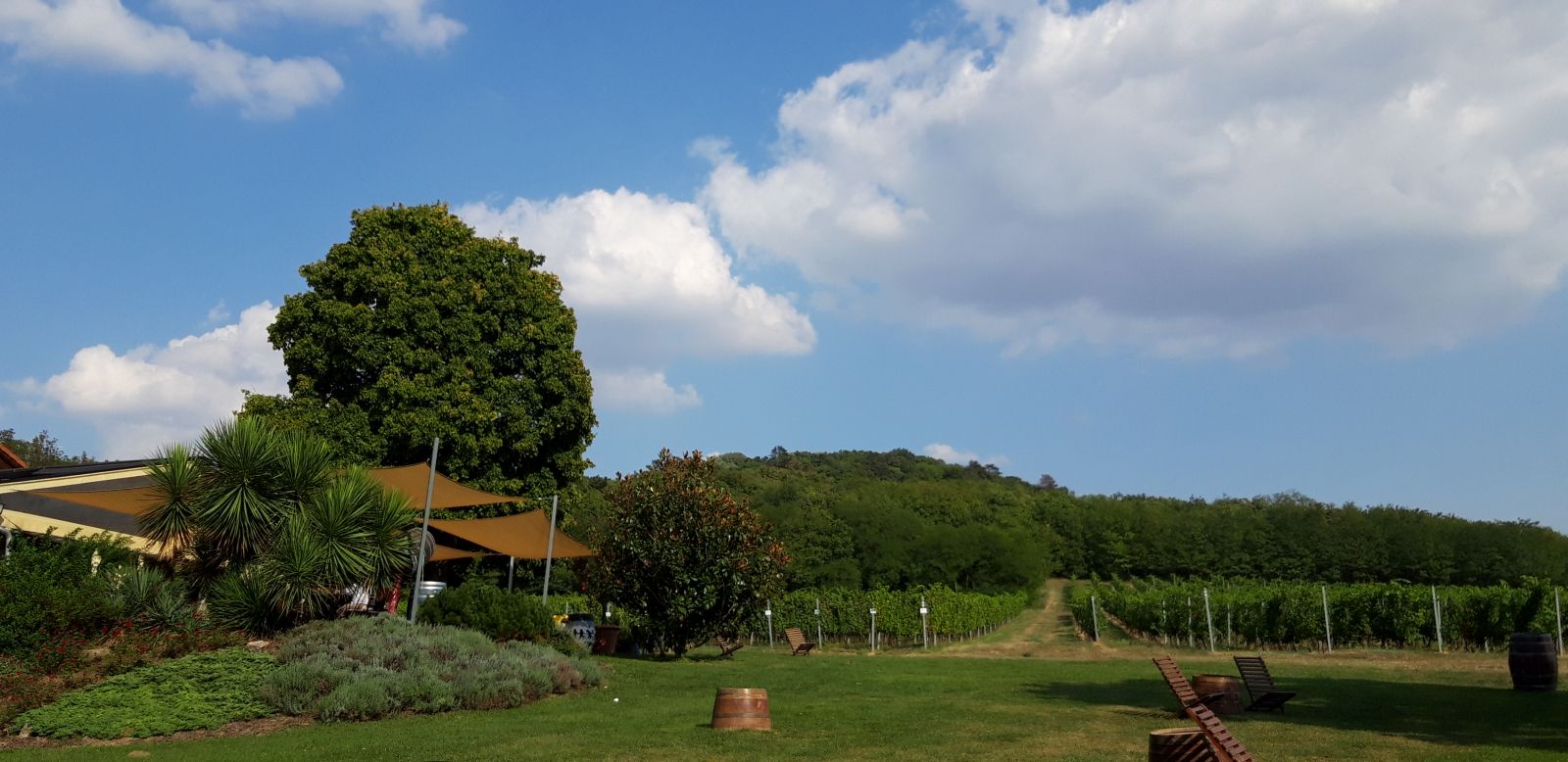
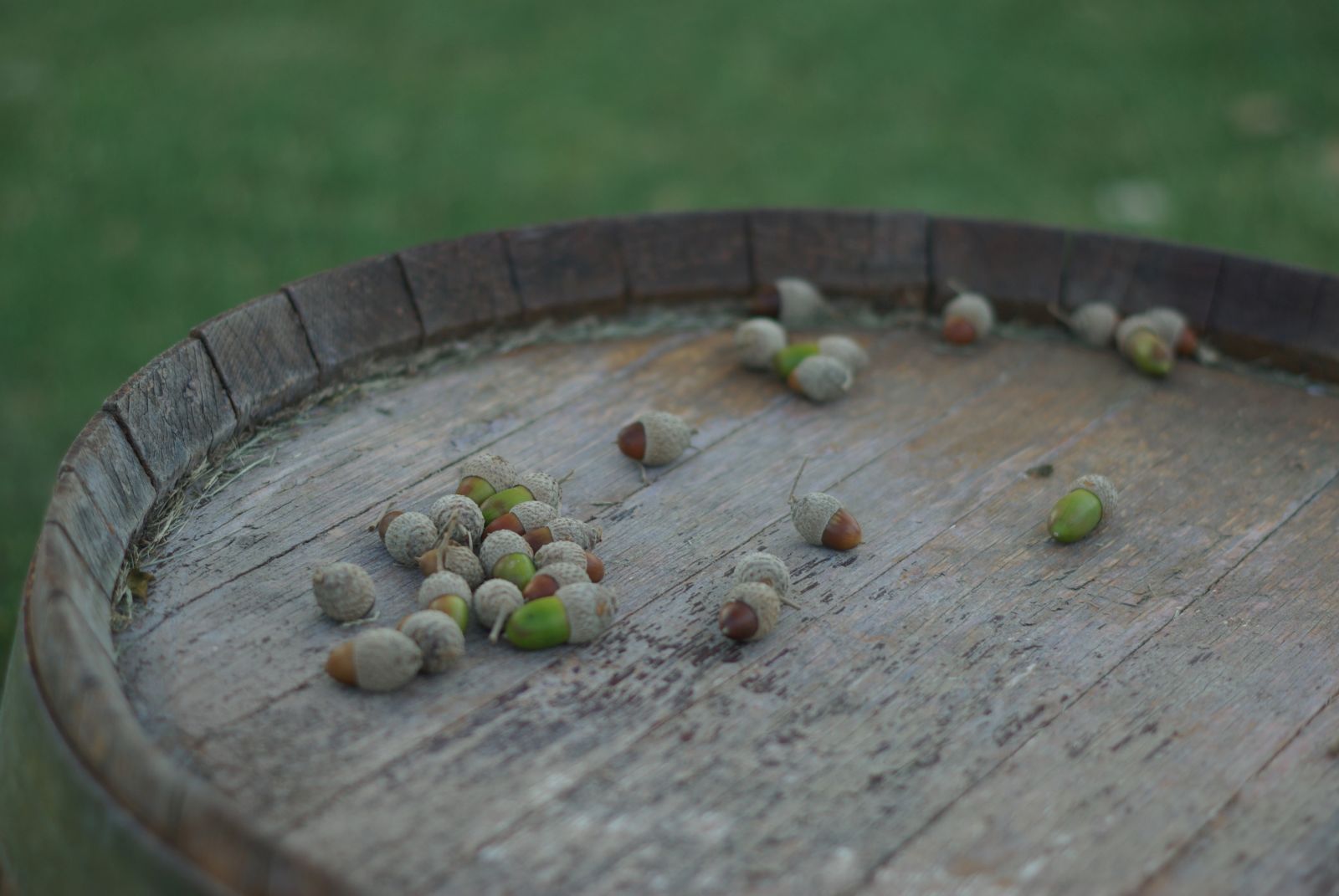
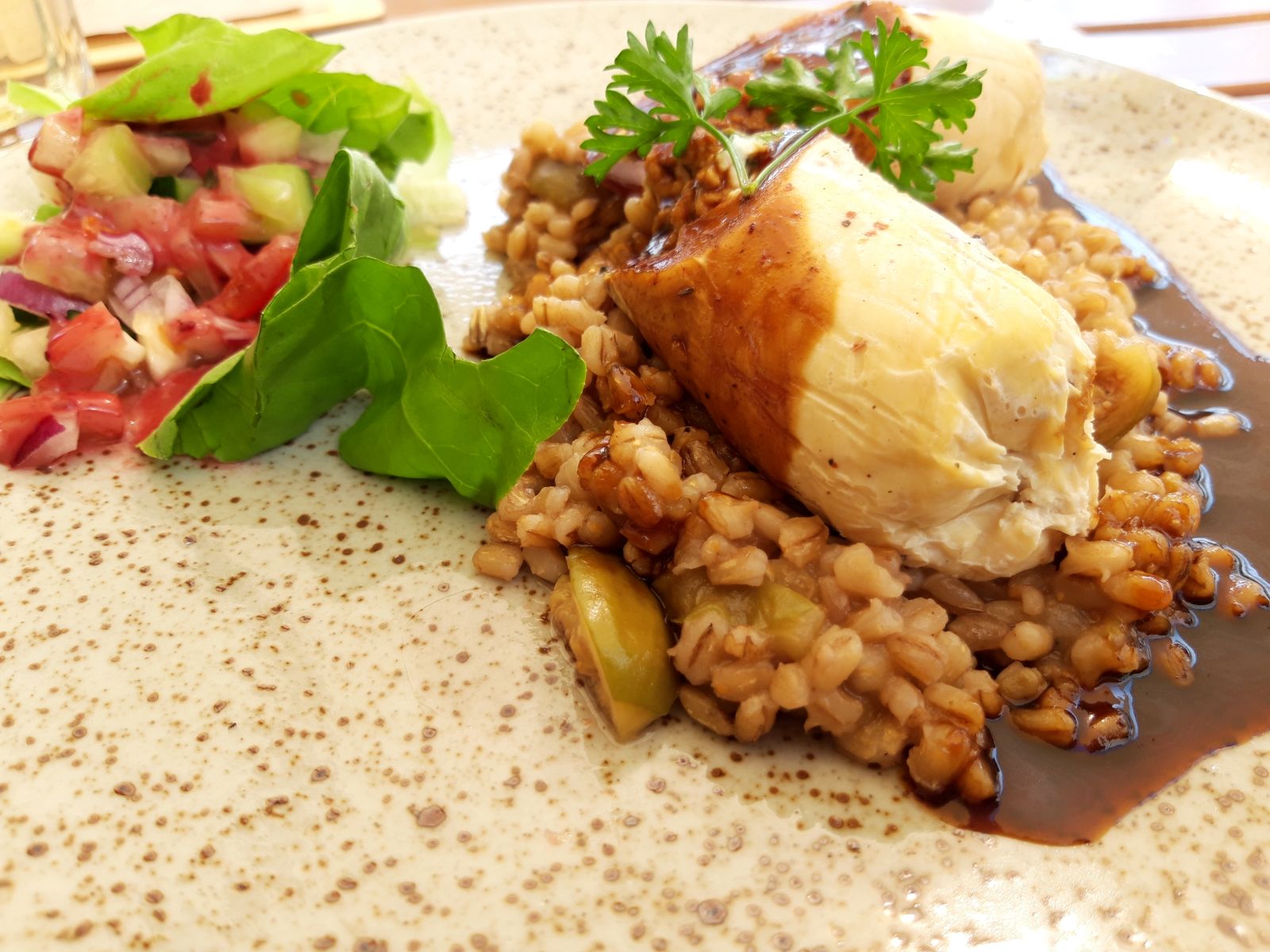
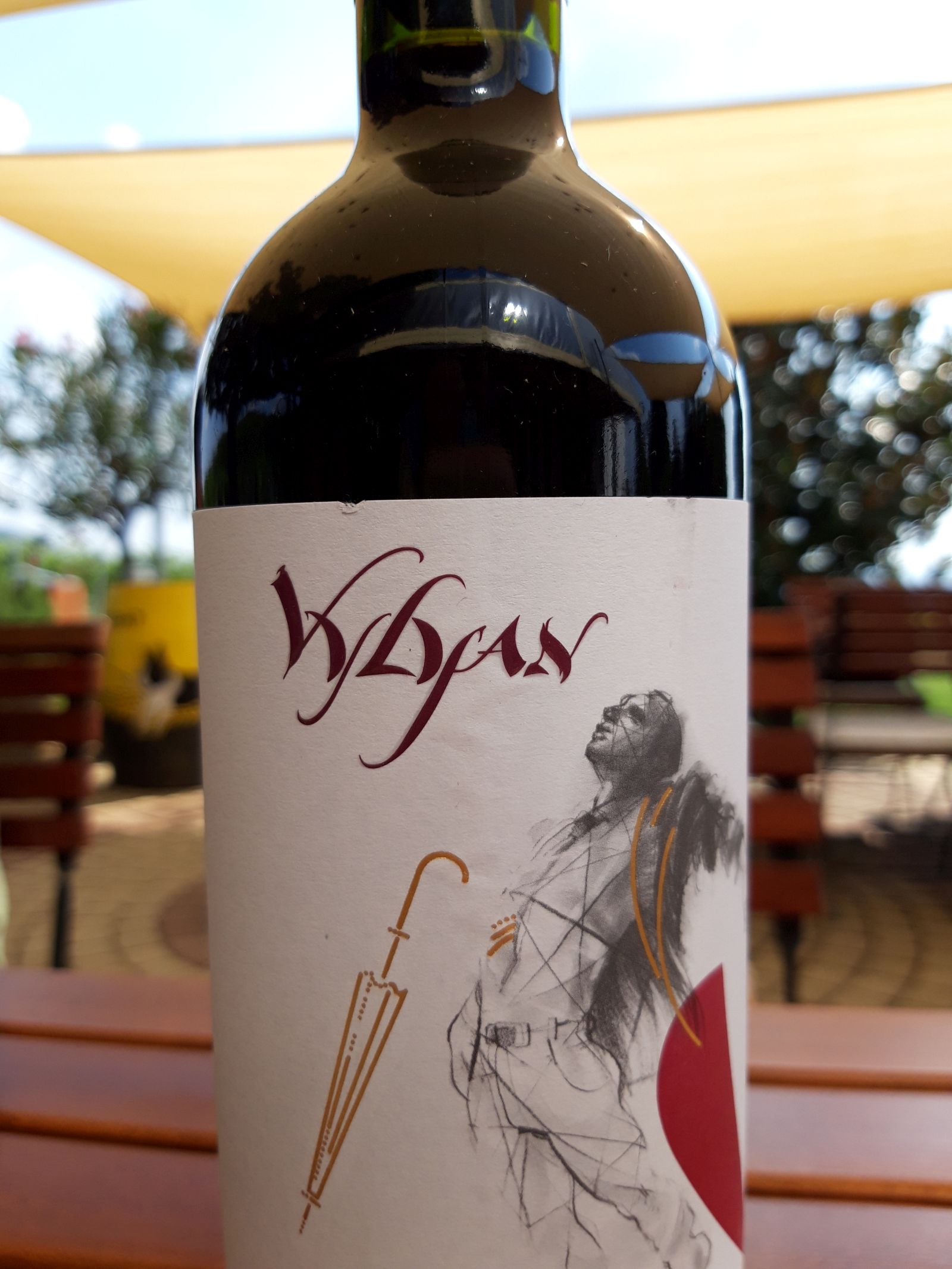
After lunch we drove to the Castle of Siklós. The castle dates back to 1294 and was one of the most important medieval fortresses to protect the southern part of Hungary. Today it's one of the biggest, most intact and best preserved castles of the country, and a popular tourist destination, together with the nearby thermal bath of Harkány. We loved the views, while Jude was mainly interested in the prison and the medieval armour. As we did not have desert at the restaurant, we made another stop in a very cute cake shop.
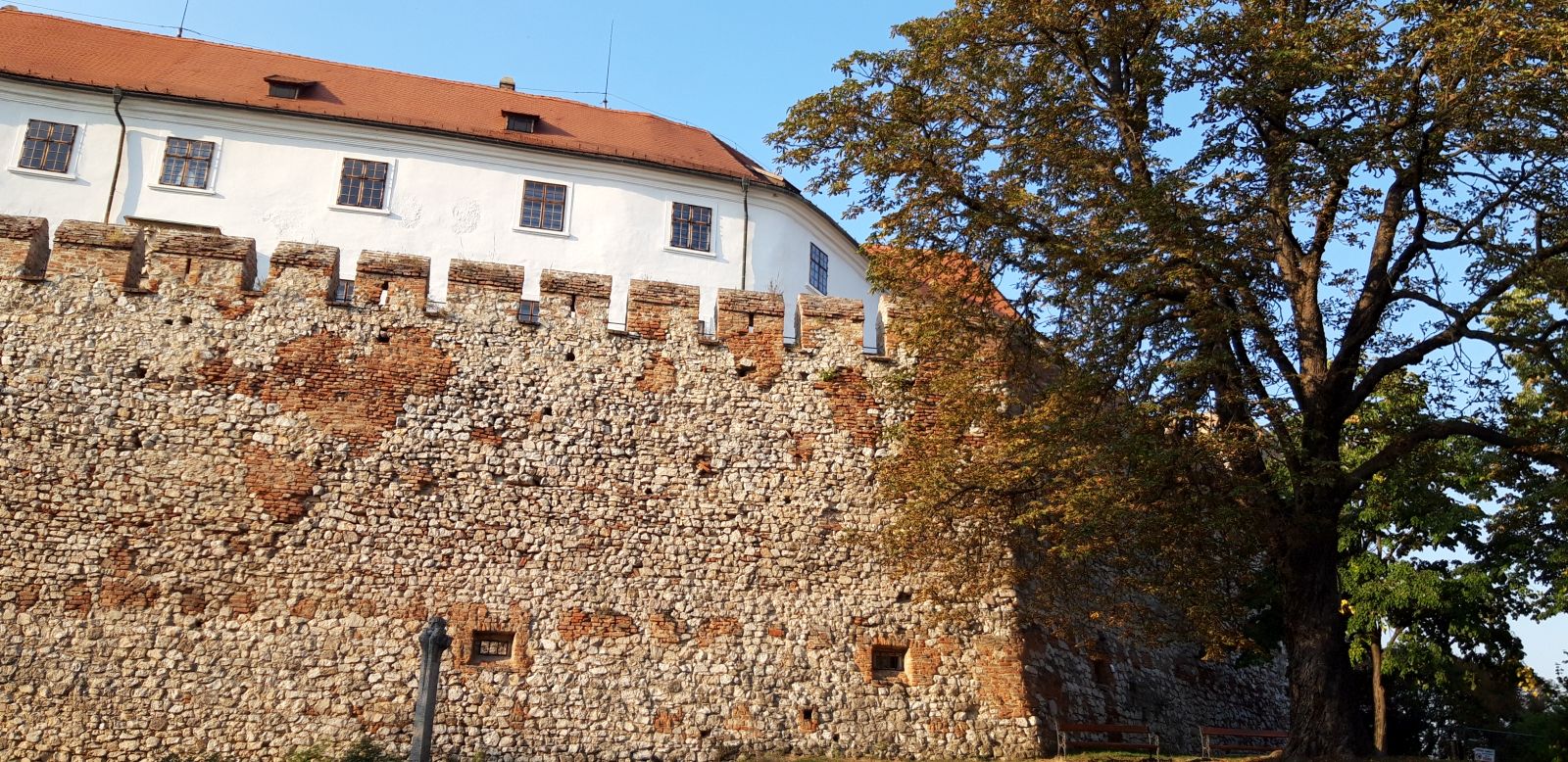
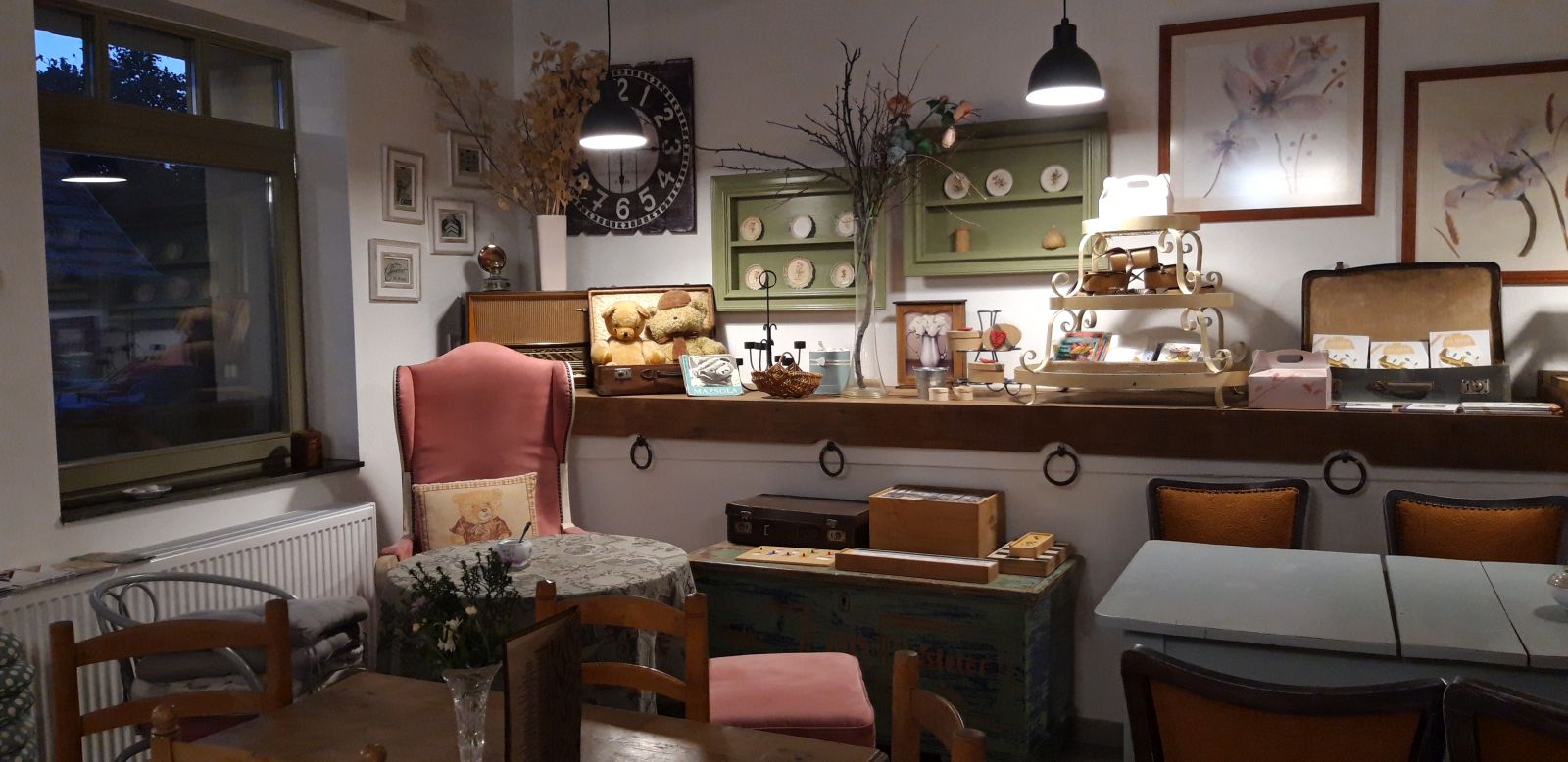
Last, but not least we drove to the Ormánság, a little bit forgotten area of Hungary. Somebody said that if this part of Hungary disappeared all of a sudden, nobody would notice. Regarding the economy, it really is one of the poorest regions of Hungary, but it is very rich in it values. I truly hope this situation will change and I think some positive progress has started already. First of all, the story of Bőköz Festival started in 2016. It's a music and art festival that takes place every year in four villages of the Ormánság: Kémes, Szaporca, Tésenfa and Drávacsehi. It's a small, high quality festival, without the crowds, and is built on the unique image, traditions and values of the villages as well as local activities and ecotourism.
As another important factor, the Dráva river is running through this area, with sandy beaches, a possibility for canoe tours and an amazing flora and fauna. You can learn about the river and its wildlife at the Ősdráva Látogatóközpont (visitor center). And mainly, the Ormánság is full of Calvinist churches with unique, beautifully painted wooden ceilings and furniture. Besides the Ormánság, these kind of churches can be found only in certain areas, like Szabolcs-Szatmár-Bereg county in the north-eastern part of Hungary or in Transylvania. Several churches were renovated in 2017 for the 500th anniversary of Reformation and we visited two of them.
I wanted to surprise Jude, so we had to get to the church by 6 pm. I knew that at this church a man chimes the bell three times a day, the traditional way. I knew we were a little late, we could already hear the sounds of the bell when we got to the village. So as soon as we stopped in front of the church, we jumped out of the car, even left the doors open and rushed inside the church. As expected, we found uncle Zoli there holding the ropes of the bell, so Jude had a chance to help him a little. However, he was just finishing his daily task. As I explained to uncle Zoli why we travelled here, he asked me to follow him. We crossed the street where village people were sitting in front of a house, chatting. He introduced me to the mayor of the village and we asked her if we could chime the bell again. Of course they were smiling at us, they already wondered why these three crazy people ran to the church. The mayor said people in the village could get confused and think there is maybe fire in the village, but eventually she said yes. It's a small village, people will just ask her, and I guess this will be the gossip of the day. So we went back to the church and we finished our 2-day Baranya trip with Jude pulling the rope and chiming the bell at 6.05, in a tiny village of the Ormánság.

